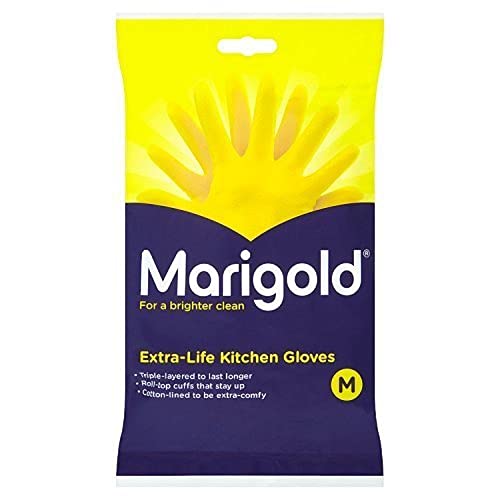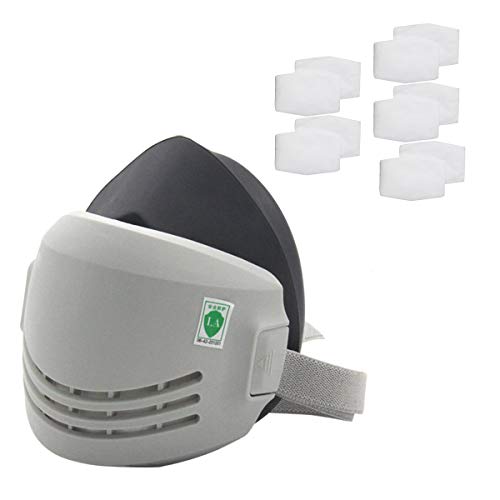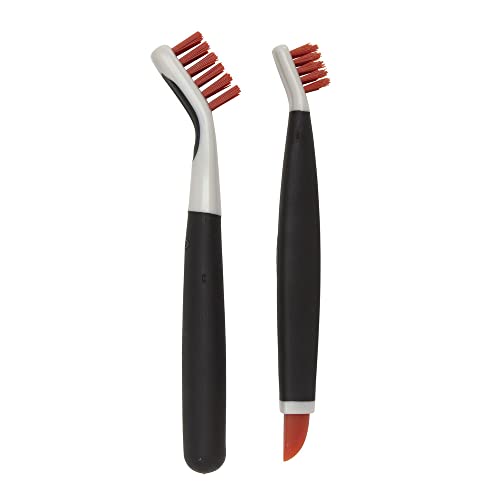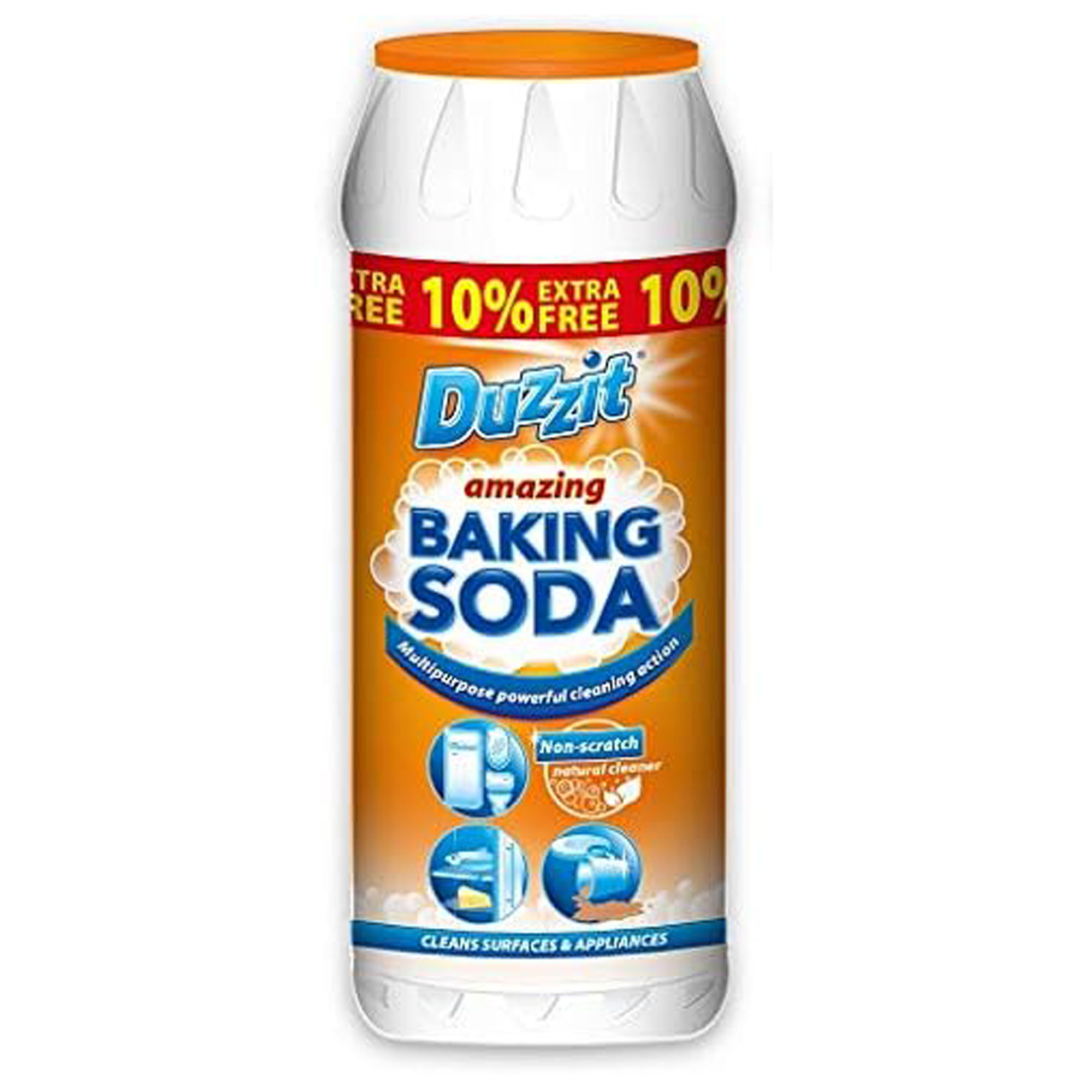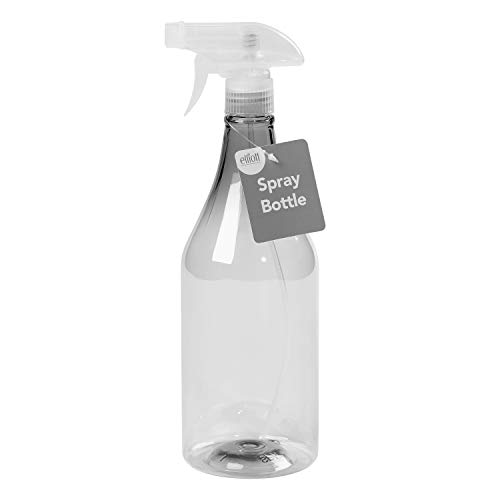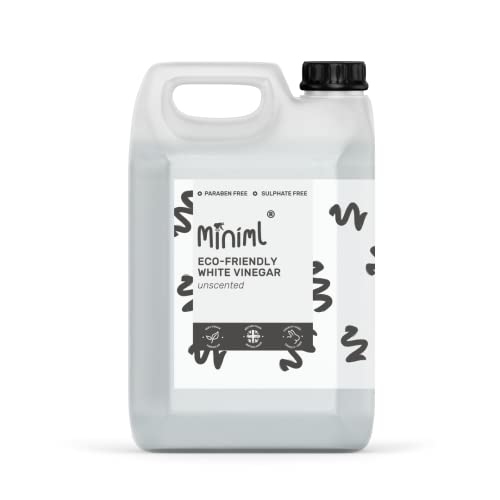How to get rid of mould on walls – 7 home treatments tried and tested by the experts
You likely won't even have to spend another penny

Jullia Joson
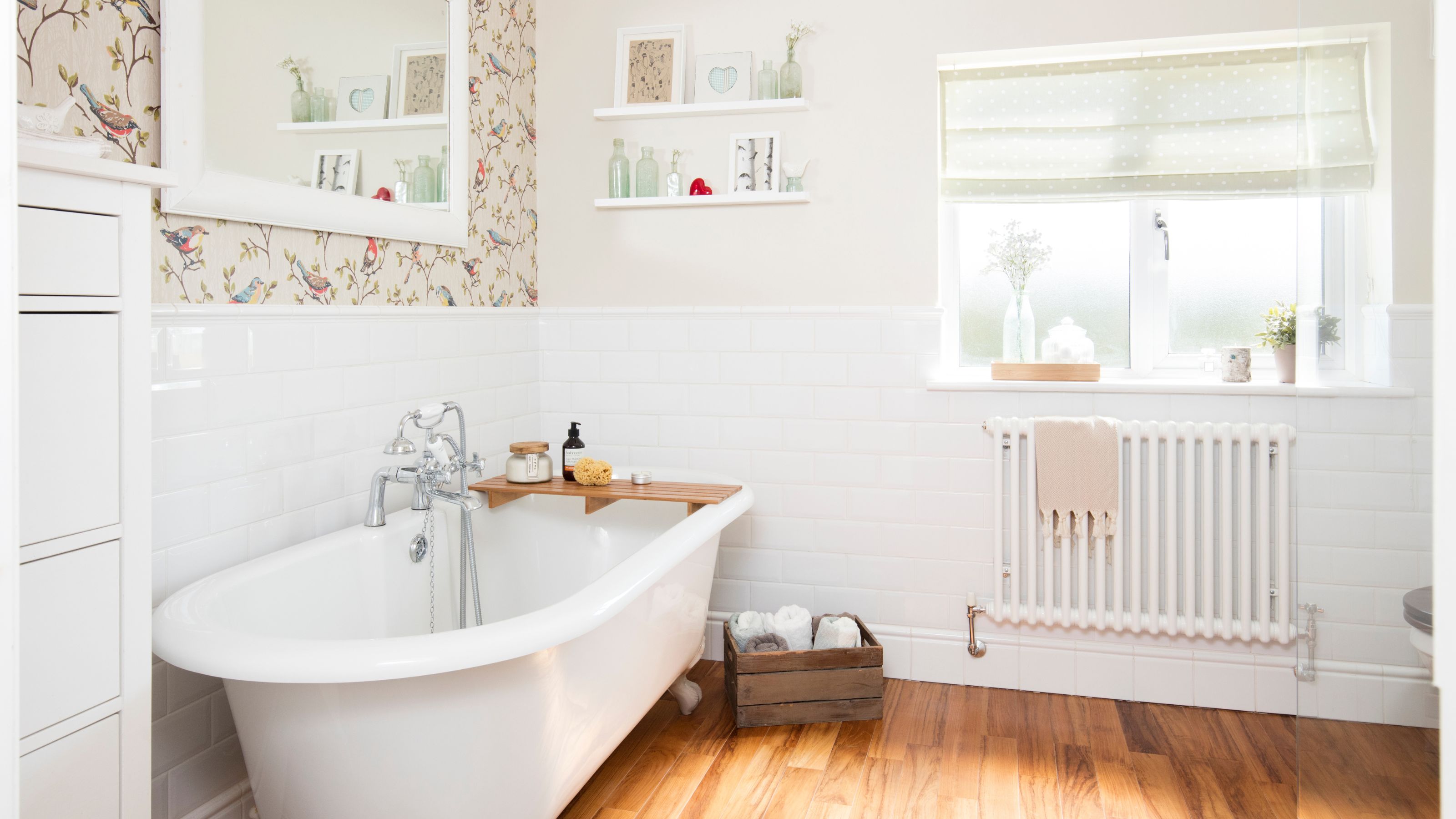
Tired of having to deal with dampness and condensation only to be met with the unwelcome arrival of mould in your home? You'll probably want to learn how to get rid of mould on walls quick snap.
Those unsightly black spots can quickly take hold, especially in damp or poorly ventilated spaces, and ignoring them can lead to bigger issues like structural damage or even health concerns. While mould thrives in moisture-rich environments, from bathrooms to kitchens, thankfully, it's not all doom and gloom: you don't necessarily need to shell out on one of the best dehumidifiers on the market.
With the right techniques and tools, you can banish it for good and prevent it from making a return. We asked the experts to reveal ways to tackle mould using things that are likely already laying around in your kitchen cabinet or cleaning cupboard.
We know that getting rid of damp is one of the surefire ways to prevent the onset of mould in your home. It pays to know how to stop condensation on walls and windows, however for some, it might already be too late.

How to get rid of mould on walls – 7 easy methods
'Indoor mould isn’t only ruining the appearance of your house but is also detrimental to your health. Besides an aesthetic problem, studies have shown that mould is bad for your health, causing headaches, breathing problems and triggering asthma,' explains Lily Cameron, cleaning supervisor at Fantastic Services. 'If you leave it for long enough, it'll get worse and spread further. Luckily, there are ways to remove mould safely without damaging your property.'
Ava Pope, energy saving expert at Energy Helpline advises that the task of removing mould should be undertaken every month in order to keep it at bay.
'Equally, prevention is better than cure so where possible, it's important to keep the house well-ventilated, and install extraction fans in bathrooms and kitchens,' adds Chris Houghton, home expert at HomeServe.
Sign up to our newsletter for style inspiration, real homes, project and garden advice and shopping know-how
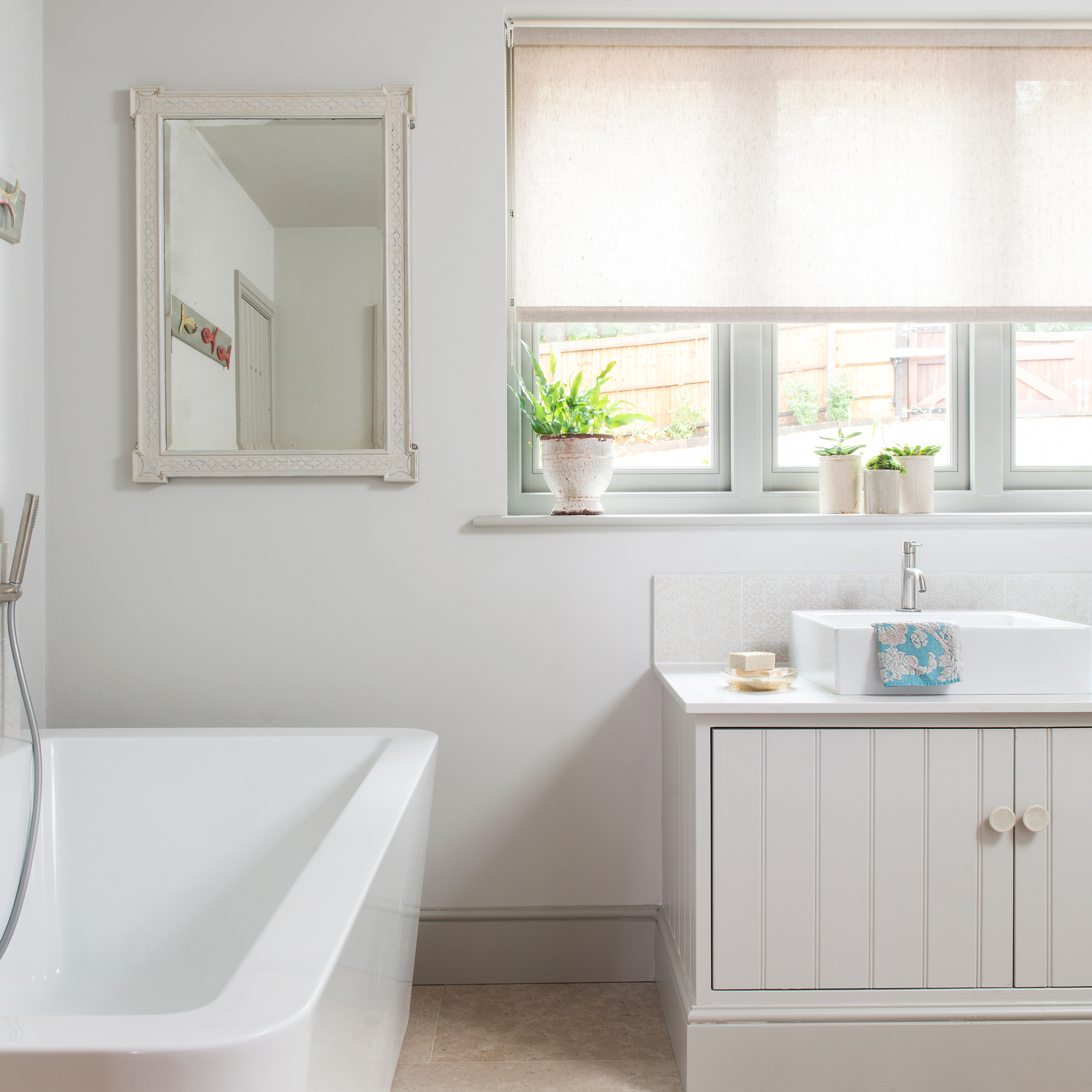
So, here are some easy methods to try so you can get started on the job of mould removal, and better yet, without having to spend a fortune on additional supplies – you should already have these in your home at hand.
However, always think safety first says Tim Warren, a DIY expert from Adkwik. 'Before attempting to remove mould on walls yourself, ensure that you are wearing goggles, rubber gloves and a mask that covers both your nose and mouth to protect yourself from the mould,' suggests Tim.
'You should open the windows of the room you are working in for ventilation, and keep doors shut to prevent mould spores from spreading.
1. Bleach
What you'll need
For this method, mix one part bleach with four parts water. Use a damp cloth to gently scrub the surface until the mould is gone. Once you’re finished, dry the area well with a soft cloth. The downside of this home remedy is that it’s not effective in tackling mould on porous surfaces, such as wood or drywall unless it’s combined with a special detergent.
Lily Cameron at Fantastic Services advises that protective thick clothing, a face mask like this one from Amazon and gloves be worn if choosing this method as both the mould and bleach fumes can be dangerous to inhale.
Although this method is a popular one, experts have advised that bleach will not stop mould from coming back but it is helpful to tackle the problem temporarily.
'Though bleach might remove visible mould temporarily, it only kills surface-level spores and doesn’t tackle the underlying problem. The mould will return after a short period of time and continue to grow,' explains Michael Rolland, Managing Director at The Paint Shed.
'Plus, the damp conditions you create when wiping down the surface risk creating the perfect environment for mould to thrive,' adds Dr Jonathan Kirby, Mould Expert at Dryzone.
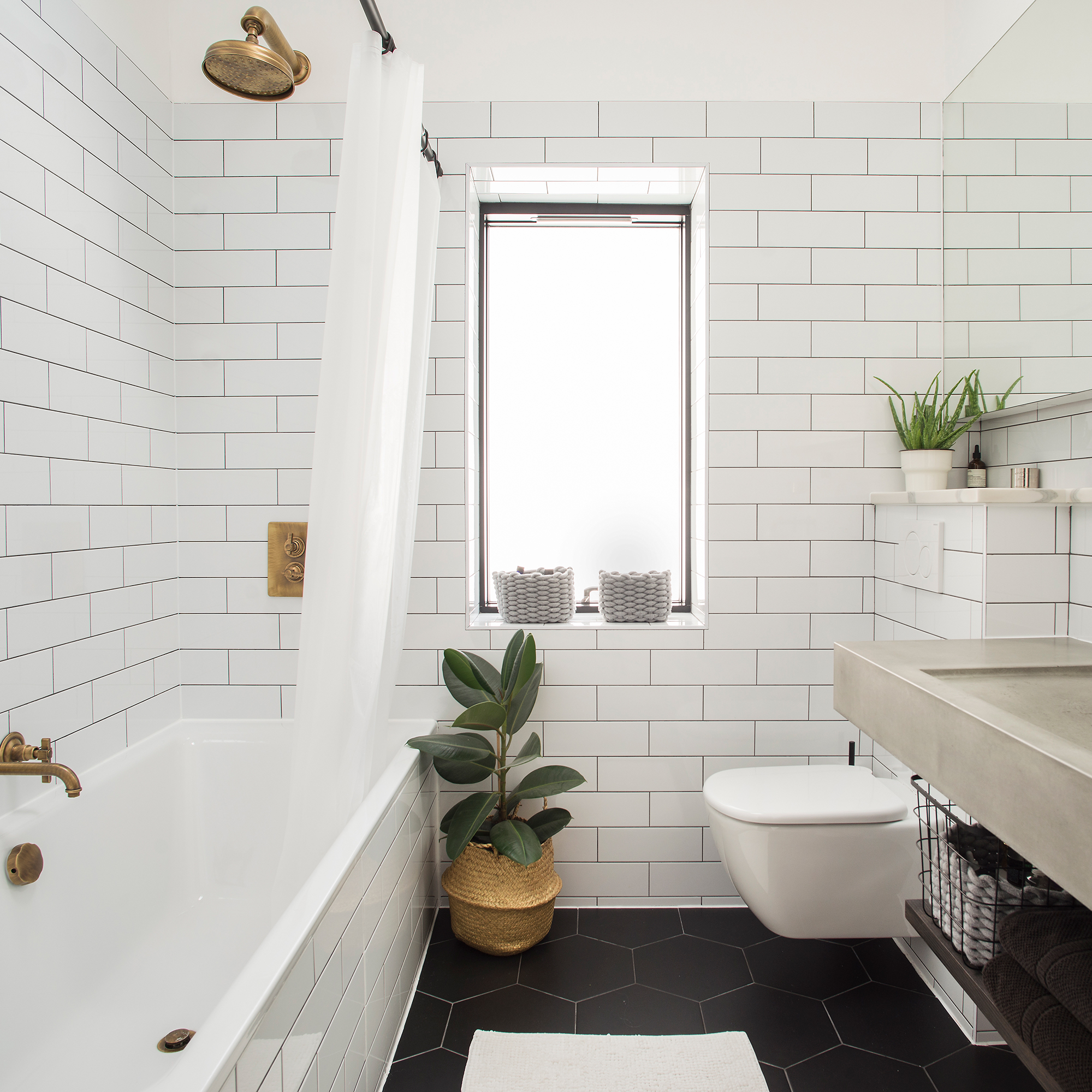
2. Baking soda
What you'll need
To clean mould with baking soda add a quarter teaspoon of baking soda to 2 cups of water, pour the solution into a spray bottle like this one from Amazon, spray the mouldy area and scrub it with a brush. Rinse the area afterwards. It’s recommended to treat the area again with the baking soda solution to prevent the mould from returning.
Since baking soda is mild, it's the ideal choice for a home with additional family members and pets, however, may sometimes not be strong enough for bigger mould problems.

3. Vinegar
What you'll need
Put the vinegar like this unscented Miniml white vinegar into a spray bottle and spray it directly onto the affected area or a rag and apply it on the mould. Wait for around 15 minutes, repeat and finish off by wiping the area with a damp cloth.
Some experts would even argue that it should be kept on for longer. Warren Kinloch, bathroom expert at Bathroom Deal recommends leaving the vinegar on 'for 1-2 hours before scrubbing away' as it 'allows the vinegar to really soak, especially if you have porous surfaces like wood in your bathroom.'
Vinegar is also a natural and non-toxic remedy for mould removal at home. However, the downside is that it can leave a slight odour after use, if you don't decide to use the unscented version above, and it only works on mild mould cases.
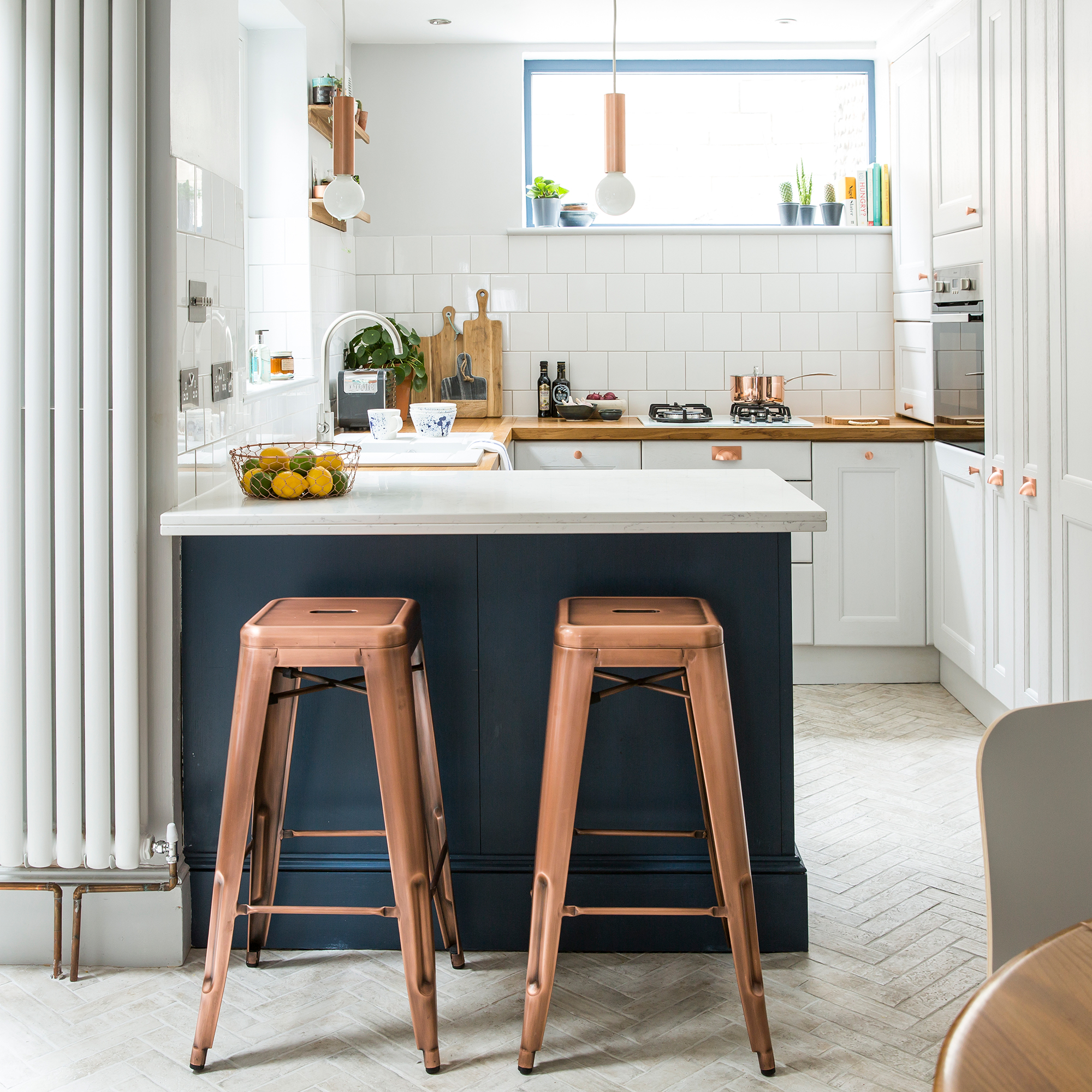
4. Essential oils
What you'll need
'Tea tree oil is a bathroom staple with many uses, from clearing up fungal infections on the skin to busting mould on walls in your home,' says the Bathroom and kitchen experts from Drench.
Combine 1 teaspoon of tea tree oil which you can pick up at Amazon with 1 cup of water in a spray bottle and shake it well. Spray the mouldy area, leave it to dry for around an hour, and wipe it with a cloth or dry towel.
Tea tree oil is used as an insect repellent, antiseptic, and deodorizer and it’s also one of the safest methods for mould removal. It’s a natural fungicide that cleans mould quickly and helps prevent spores from returning.
Don't forget to wear protective gloves because the oil can irritate some people’s skin.
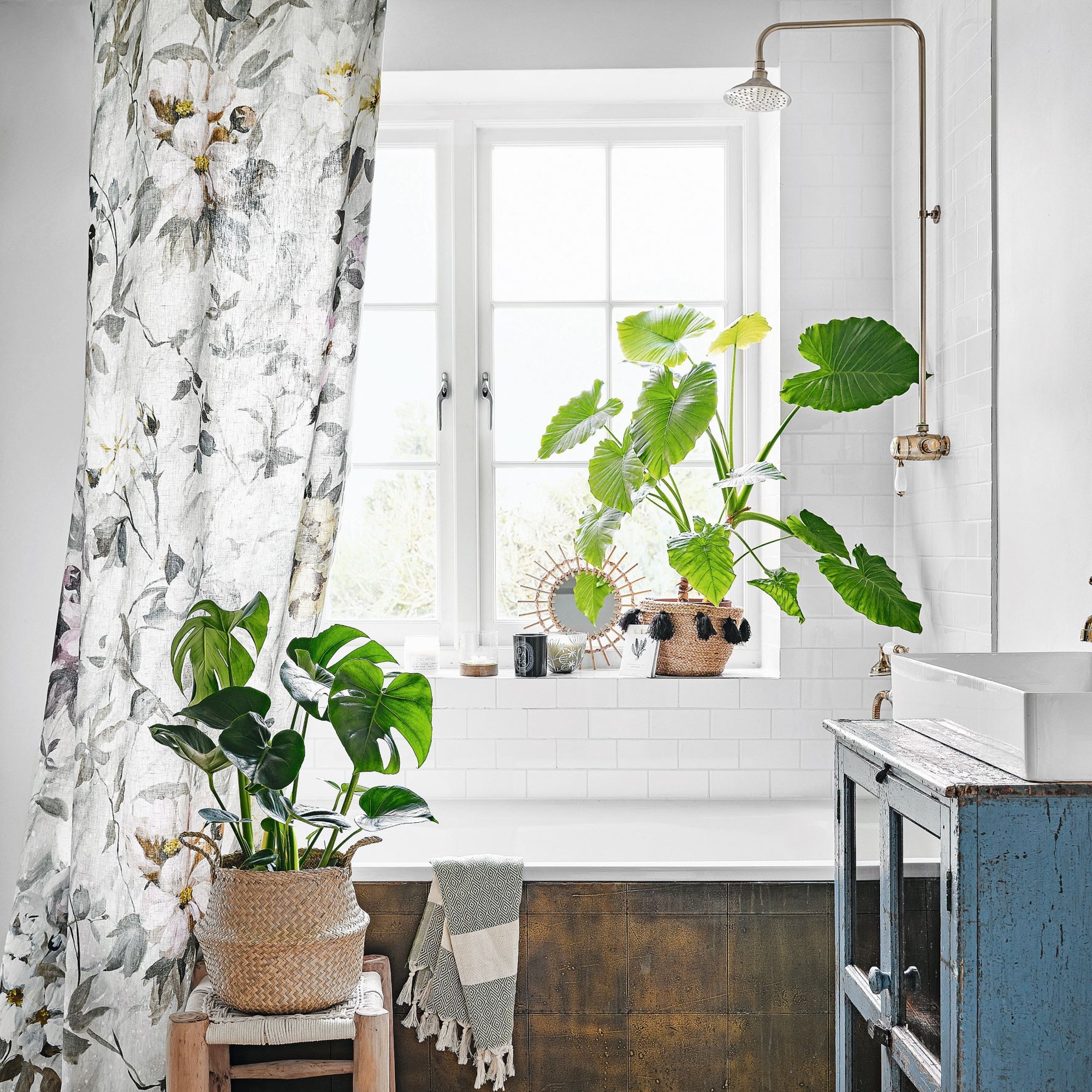
5. Lemons
Juice 3 to 5 lemons and pour or spray over the mouldy area. Let it sit for around 5 minutes and wipe the surface with a damp towel or cloth. Reapply and scrub the surface to get rid of more tough stains.
Lemons are a natural cleaning hack, deodoriser, stain remover and antiseptic. The lemons’ high acidity breaks the mould down, making it easier to remove and leaving behind a disinfected surface.

6. Borax
What you'll need
Mix one cup of borax powder or Borax substitute from Amazon with 4 litres of water, and work the solution into the affected areas with a brush. Take care not to spread the mould to other parts of the wall or room. When finished, wipe up the borax solution and let it completely dry.
On top of that, Jordan Chance, product manager at PlumbNation advises giving the walls a quick spray with white vinegar to prevent re-contamination.

7. Fungicide treatment
What you'll need
Tim Warren, a DIY expert from Adkwik advises using a fungicide treatment like this DryZone mould remover and protector kit from Amazon over anything else.
'It is better to use a fungicidal treatment or mould spray/wash. Ensure the surface has a smooth finish by removing any flaking paint or wallpaper, and then wash down the affected area with the spray or wash. Allow the area to dry thoroughly, and if the mould is still present you may need to repeat the process again.'
FAQs
What should you not do when treating mould at home?
Tim Warren, a DIY expert from Adkwik advises us on the things you definitely should avoid doing when treating mould at home.
- 'Do not disturb mould by brushing or vacuuming, as this can increase the risk of it causing breathing issues.'
- 'Do not ignore the root cause of the mould, as if this is not dealt with the mould will continue to return. Moisture is often the main cause of mould, so you may need to check for leaks, ventilate areas and run dehumidifiers.'
- 'Do not treat mould without wearing protective equipment, as the spores can travel in the air while you are cleaning.'
How do professionals remove mould?
Tim Warren, a DIY expert from Adkwik explains that 'Professionals may use a variety of methods to remove mould, such as beginning by targeting surface mould via vacuuming with specialist filters.'
'After vacuuming, they may then treat affected areas with fungicidal cleaners to remove spores and prevent the mould from growing back.'
'These hoovers can remove, and trap mould spores without returning them back into the air, which normal hoovers would,' adds Chris Houghton, Home Expert at Homeserve.
Can I paint over mould?
Painting over mould, even with an anti-condensation or anti-mould paint, may seem like a quick fix, but according to experts, it simply masks the problem, allowing it to thrive beneath the surface and spread.
Before reaching for a paintbrush, Chris Houghton, Home Expert at HomeServe advises 'you should never directly paint over mould as this can exacerbate the problem. The mould will continue to grow under the paint and is likely to seep through the new coat. You should ensure mould is treated first and then use a layer of mould-resistant primer to mitigate future mould-growth problems.'
'Anti-mould paints are also not enough on their own, as the chemicals and fungicides used in the paint will lose their potency, meaning that the mould can reappear if the root cause was not addressed or the area was not cleaned before painting, adds Tim Warren, Adkwik's DIY expert.
Regardless of whichever method took your fancy the most, it's important to stay on top of prevention to ensure the problem doesn't reoccur.
'The key to effectively combating mould is to address both the symptoms and their underlying causes,' suggests Michael Rolland, Managing Director at The Paint Shed.
'Firstly, ensure your home is well-ventilated by opening windows regularly to allow airflow, especially in high-moisture areas like the kitchen and bathroom. Use dehumidifiers or fans in damp areas to reduce moisture levels in the air.'
This can come in the form of ensuring you encourage ventilation throughout your home, like keeping windows open long enough to stop mould, or investing in one of the best dehumidifiers under £100 to banish damp.
And if the problem persists, 'seek professional help. It might not be a DIY solution, but it will be better for your home and health in the long run,' adds Michael.
Which one of these methods will you be trying out?

Jenny is Senior Digital Editor and joined the team in 2021, working across Ideal Home, Real Homes, Homes & Gardens, Livingetc and Gardeningetc. Since getting on the property ladder, her passion for interior design and gardening has taken on a new lease of life. She loves collecting and salvaging unique items (much to her other half's despair) but sniffing out stylish home bargains is her one true love.
- Jullia JosonJunior Writer
